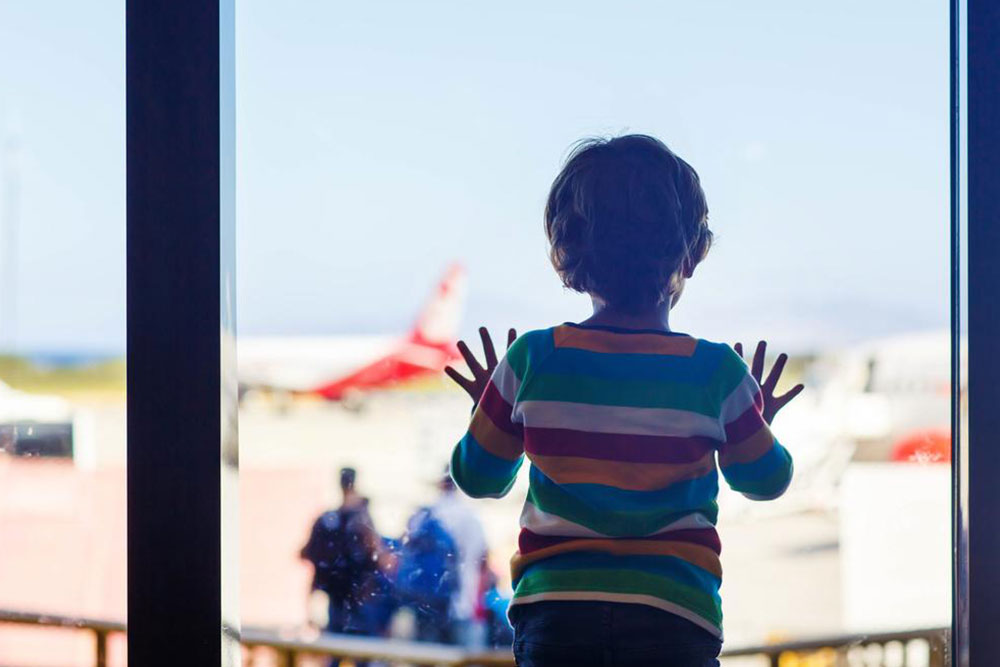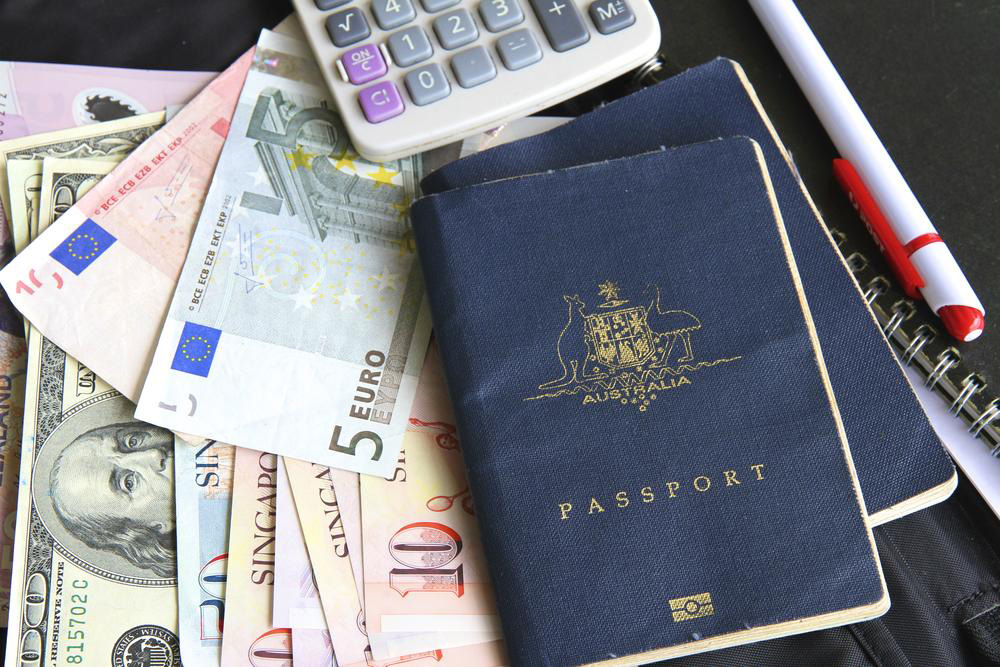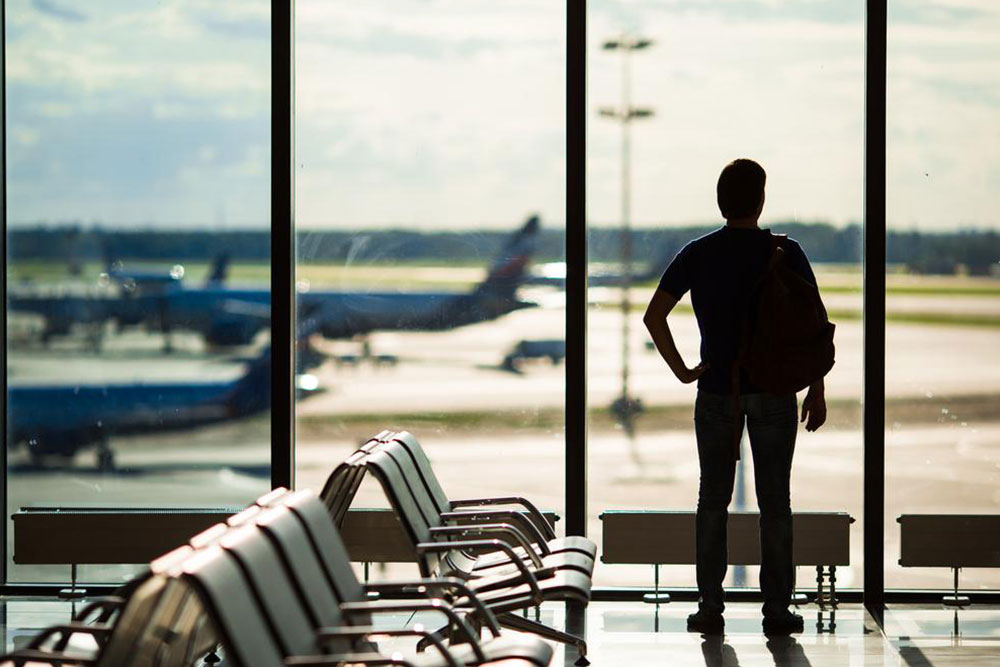Comprehensive Guide to Traveling Successfully with Children with ADHD
Traveling with an ADHD child can be challenging, but with proper planning and strategies, your trip can be smooth and enjoyable. This guide offers tips on preparation, managing routines, medication, stress relief, and positive reinforcement to ensure a memorable family vacation. Learn how to make your journey stress-free and fun for your child with ADHD, fostering positive experiences and lasting memories.

Comprehensive Guide to Traveling Successfully with Children with ADHD
Traveling with a child who has Attention Deficit Hyperactivity Disorder (ADHD) can be a rewarding yet challenging experience. It requires detailed preparation, understanding, and patience to ensure that your trip is enjoyable for the entire family. Because children with ADHD often struggle with sudden changes, overstimulation, and maintaining routines, planning ahead is essential. This comprehensive guide offers valuable strategies and tips to make traveling with an ADHD child smoother, more enjoyable, and less stressful. From initial preparation and itinerary planning to managing medication and incorporating calming techniques, this article covers all critical aspects of travel with a child affected by ADHD.
Preparation: Setting the Foundation for a Smooth Journey
One of the most crucial steps when traveling with an ADHD child is thorough preparation. Children with ADHD tend to dislike unexpected changes or unfamiliar environments, making it vital to prepare them well in advance of the trip. Begin by discussing your travel plans openly with your child. Explain the destination, the purpose of the trip, and what they can expect at each stage of the journey. Use simple language and visual aids if necessary to help them understand. Providing clear information reduces anxiety and helps your child feel more in control.
Involving your child in the planning process can significantly improve cooperation. Ask for their suggestions or preferences, whether it's about packing their favorite toys, choosing meals, or selecting activities during stopovers. Giving them options fosters a sense of autonomy, making them more receptive to the trip.
Moreover, creating a visual schedule or itinerary before departure can be very helpful. Use charts, pictures, or apps that outline the travel process, from packing and departure to arrival and sightseeing. This approach minimizes surprises and allows your child to anticipate what’s coming next, easing transition anxiety.
Travel Itinerary and Schedule Management
Careful planning of your travel schedule is essential, especially for children with ADHD who thrive on routines and predictability. Incorporate regular breaks into your itinerary, ideally every two to three hours, to give your child time to stretch, play, and reset their focus. Long journeys should include planned layovers or stops that allow for movement and relaxation, reducing the risk of overstimulation or meltdowns.
If traveling by plane, choose airports and layovers that offer open spaces where your child can walk freely rather than sitting confined in lounges for extended periods. During travel, ensure bathroom visits, meals, and naps are scheduled consistently to mimic their usual routine and prevent unnecessary stress.
Bring along a variety of entertainment options to keep your child engaged and reduce frustration. Interactive toys, puzzles, audiobooks, or tablets loaded with favorite games and videos can serve as excellent distractions during long waits or transit. Remember, the key is to balance structured activities with free time to prevent boredom and agitation.
Medication Management
If your child requires medication for ADHD, meticulous management of prescriptions is critical. Pack all necessary supplies, including extra medication, in your carry-on luggage—never check ADHD medications in checked luggage to avoid loss or delays. Keep medications in their original containers with clearly labeled prescriptions for security checks.
It’s advisable to carry a copy of the prescription and a doctor’s note to facilitate international travel, if applicable. Ensure you understand the laws regarding ADHD medication in your destination country. Carry enough medication to cover the entire duration of your trip, plus a little extra in case of delays or unexpected extensions.
Having a designated safe storage spot for medications and a reminder system for administering doses can help maintain your child's treatment schedule. If you have concerns about managing medication during travel, consult your healthcare provider beforehand for personalized advice.
Stress Reduction and Relaxation Techniques
Managing stress is vital to ensure your child remains calm and composed throughout the journey. Use calming techniques such as deep breathing exercises, using stress balls, or listening to soothing music. Encourage your child to communicate if they are feeling overwhelmed or anxious, so you can address their concerns promptly.
Help your child develop a toolkit of calming strategies. When they become restless or irritable, redirect their attention to engaging yet calming activities like puzzles, drawing, or mindfulness exercises. Reinforcing positive behavior with gentle reminders of travel rules helps maintain a peaceful atmosphere.
Creating a calming environment, such as bringing familiar blankets or plush toys, can also soothe your child's nerves. Be patient and empathetic—acknowledging their feelings reduces frustration and fosters trust.
Positive Reinforcement and Reward Systems
Recognizing and rewarding good behavior during travel is effective in encouraging your child's cooperation. Use a reward chart where they earn stars or points for following rules, remaining patient during lengthy periods, or successfully completing activities. Small rewards like stickers, favorite snacks, or extra screen time motivate children and reinforce positive habits.
Celebrate achievements with praise and encouragement. Let your child know you are proud of their efforts, which boosts their self-esteem and makes future travel experiences more positive.
Additional Tips for Smooth Travel Experience
Aside from the primary strategies, consider packing a travel kit with essential items such as noise-canceling headphones, favorite snacks, extra clothes, and a first aid kit. Dress your child comfortably in layered clothing suitable for varying climates, and prepare for unexpected situations like delays or weather changes.
Stay flexible and patient; unexpected issues might arise, but your calm demeanor will help your child handle surprises better. Maintaining open communication with your travel companions and being empathetic can turn even challenging moments into manageable ones.
In summary, traveling with a child with ADHD requires preparation, patience, and understanding. With the right planning, routines, and calming techniques, your family can enjoy memorable adventures without excessive stress. These tools will not only make your current trip smoother but also help establish positive travel habits for future journeys, ensuring your child's comfort and happiness every step of the way.





